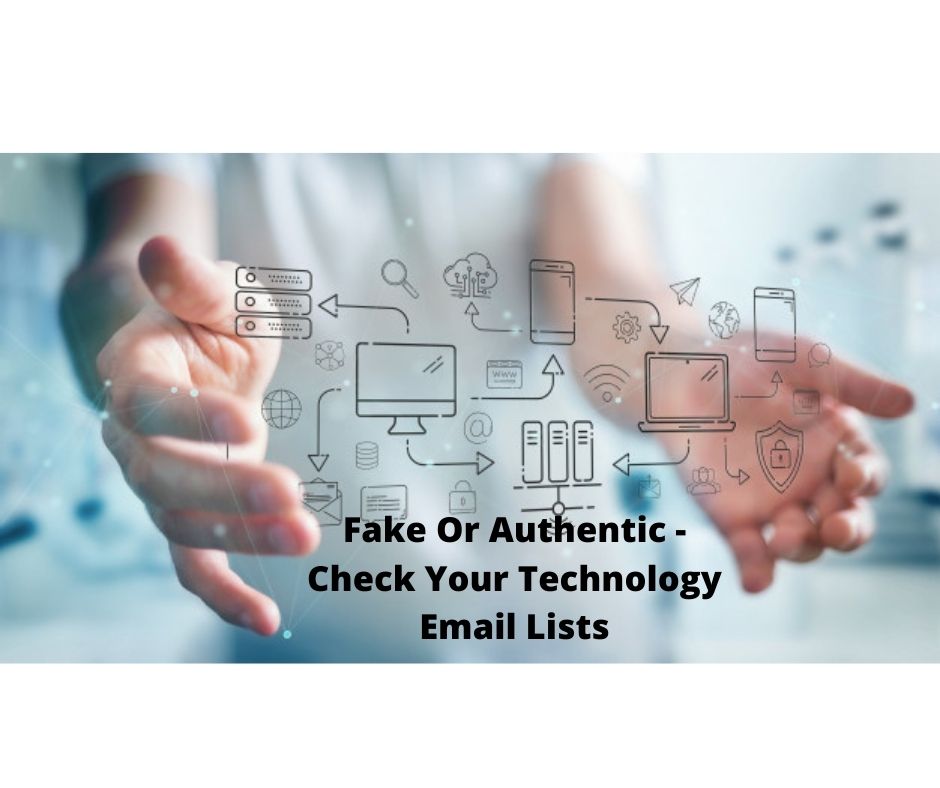Every year phishing emails costs about $4.5 billion for enterprises around the globe. Phishing mails not only suffer from poor deliver ability but also pose as a great threat to the sender’s reputation. Unfortunately, today tricking the potential victims through the click bait is too easy a game for spammers.
You break it, if you can crack it, but its important how to stop it.
Although you cannot stop these ugly spoofing ploys, you can certainly minimise the risks of fake emails. Mailing lists stacked with unlimited contacts might look great, but the quality of leads that boost sales is a great challenge. To navigate this spam -trick play & make sure that your results are not hampered, it is essential for marketers to look before they leap while launching B2B marketing campaigns. With the increasing number of false legitimizers posing phishing attacks with sophisticated tactics, it has become more difficult to spot malicious mails.
If your mailing list is expensive, it doesn’t qualify to be authentic. Here are 6 key indicators to run a self-check for fake list and check for authenticity to save tons of your marketing dollars & safeguard your brand reputation.
1. Unknown display name
Run a self-check of the name given in the sender’s email address. Does it look familiar to you? Also introspect the domain name with the actual address to identify any misspelt words, jumbled strings of letters or numbers. Compare if it matches to the “mailto” address, if it doesn’t, it’s a fake email.
2. Known display name
Even if it happens to be a mail address; say company address which you already know & is in practise, there are high chances that it might be a duplicate contact.
In this case, better run a check with relevant links & attachments. Additionally Verify:
- Digital signatures of the sender
- Relevant message & attachment (Is it co-related? Does it make sense?)
- Look alike URL (Does it look valid, duplicate?)
3. Suspicious address input
To check addresses used in email databases, check for the registered postal box (PO Box) addresses that are signed up with physical mail addresses. If you find that the location is serviced by govt. registered postal offices, this can score valid.
4. Fabricated content
It is important that the message intended to the recipient addresses the specific need of the recipient. If the tone of the message sways away from the intended business or social objective, chances are that it might be a spam. With too much fabrication the real value of the message is lost thus making it look like a spam.
5. Subject line language
The subject line is the most common phishing bait that recipients fall for. If it invokes urgency, an unexpected surprise, an irresistible offer, or a threatening tone, this suggests a phish. So, do not click to open it.
6. Generic salutation
If the email starts with a generic salutation addressed to you, it might be fake. Without a personal salutation that includes the first or the last name, the status of your message is “unauthorized”.
Likewise, a little seriousness for checks & smart introspections can help you identify whether the campaign is trick or does is hold any value. Email makes up for about 30% of data violations. The culprit is none other than the ill-gotten email addresses that are outdated & invalid. An authentic & verified technology users database is critical to any campaign success & can beat the competition easily.


